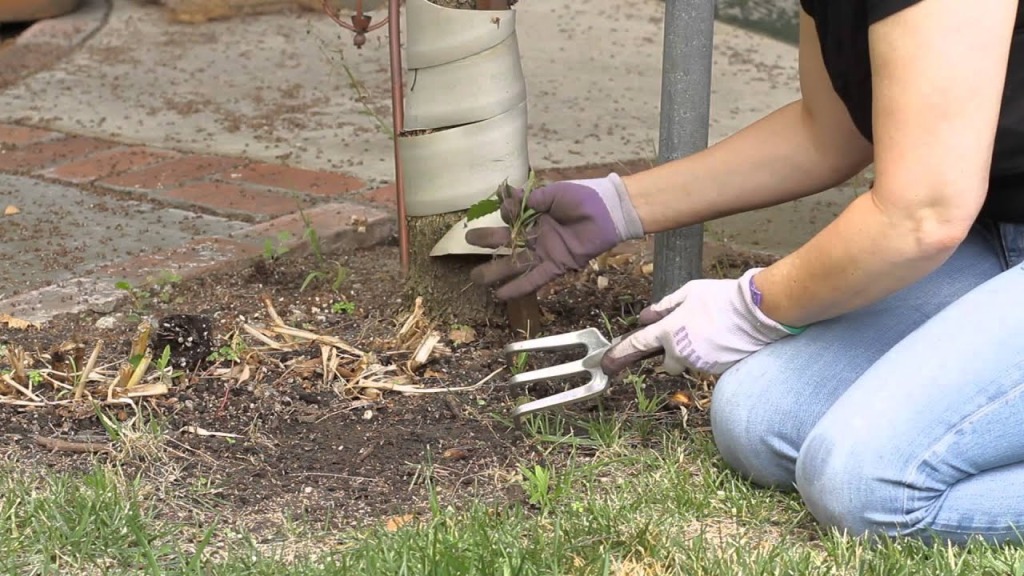
Maintaining a clean and healthy garden bed is essential for vibrant plant growth and a well-kept landscape. Regular garden bed cleanup helps prevent pests, improves soil health, and ensures your plants thrive throughout the seasons. Whether you’re a homeowner or a property manager, following a structured cleanup routine will keep your outdoor space looking its best.
Why Regular Garden Bed Cleanup Matters
Neglecting your garden beds can lead to various issues, including:
- Accumulation of dead leaves and debris, creating a breeding ground for pests.
- Compacted soil that hinders root growth and water absorption.
- Old mulch breaking down and potentially harboring fungi or mold.
- Weeds taking over and competing with your plants for nutrients.
- Poor drainage leading to waterlogged soil and root rot.
- Aesthetic decline that reduces curb appeal and property value.
By implementing a regular cleanup routine, you enhance the overall appearance and health of your garden.
Step-by-Step Guide to Removing Old Mulch and Debris
- Gather Your Tools
Before starting, ensure you have gloves, a rake, a garden fork, pruning shears, a wheelbarrow, and bags for waste disposal. - Prune Overgrown Plants
Trim back perennials (more info) and shrubs that have grown too large to maintain a neat, healthy shape. Remove any dead branches to encourage new growth. - Remove Dead Plants and Weeds
Pull out any dead or unwanted plants by the root to prevent regrowth. Use a weeding tool for deep-rooted weeds. - Clear Out Old Mulch and Debris
Rake away decomposed mulch, fallen leaves, and any other debris that has accumulated over time. If the mulch is still in good condition, you can reuse it by mixing it into the soil. - Aerate the Soil
Use a garden fork to loosen compacted soil, improving airflow and drainage. Aeration helps roots grow deeper and absorb nutrients more efficiently. - Test and Amend the Soil
Perform a soil test to check pH levels and nutrient content. Add organic compost, manure, or fertilizers as needed to replenish essential nutrients. - Lay New Mulch
Spread a fresh layer of mulch (2-3 inches) to retain moisture, suppress weeds, and insulate plant roots. Avoid piling mulch against plant stems to prevent rot. - Edge and Define Garden Beds
Use a spade or edging tool to create clean, defined borders around your garden beds. This helps contain mulch and enhances visual appeal.
Tips for Soil Preparation and Seasonal Maintenance
- Spring: Remove leftover winter debris, prune perennials, and refresh mulch to prepare for new plantings.
- Summer: Regularly check for weeds, water plants deeply, and apply additional mulch to retain moisture.
- Fall: Trim back perennials, remove fallen leaves, and plant cover crops to enrich the soil over winter.
- Winter: Protect sensitive plants with an extra layer of mulch, ensure proper drainage, and plan for spring planting.
A well-maintained garden bed ensures year-round beauty and a thriving outdoor space.
For professional garden bed cleanup tips and expert landscaping services in Houston, visit our site today!






















